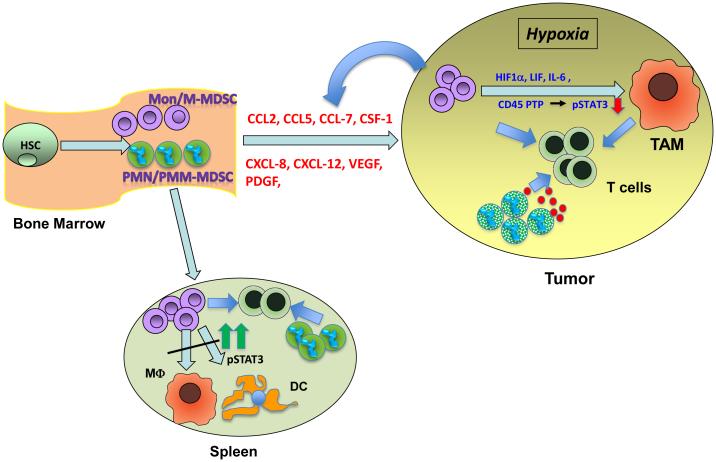Figure 2. Mechanism of M-MDSC differentiation to tumors and peripheral lymphoid organs.
Mon/M-MDSC are produced in the BM from hematopoietic progenitor cells and recruited to the tumor by several chemokines (described in more details in Table 1). Hypoxic conditions, including HIF1α, prevalent in the TME induces the downregulation of pSTAT3, which results in M-MDSC differentiation to TAM. Other factors known to induce TAM differentiation are activation of CD45 phosphatase, LIF, IL-6, and thrombin. In the spleen, Mon/M-MDSC have a high level of pSTAT3 due to the lack of hypoxic conditions. High STAT3 activity prevents differentiation of Mon/M-MDSC to TAM in the spleen.

